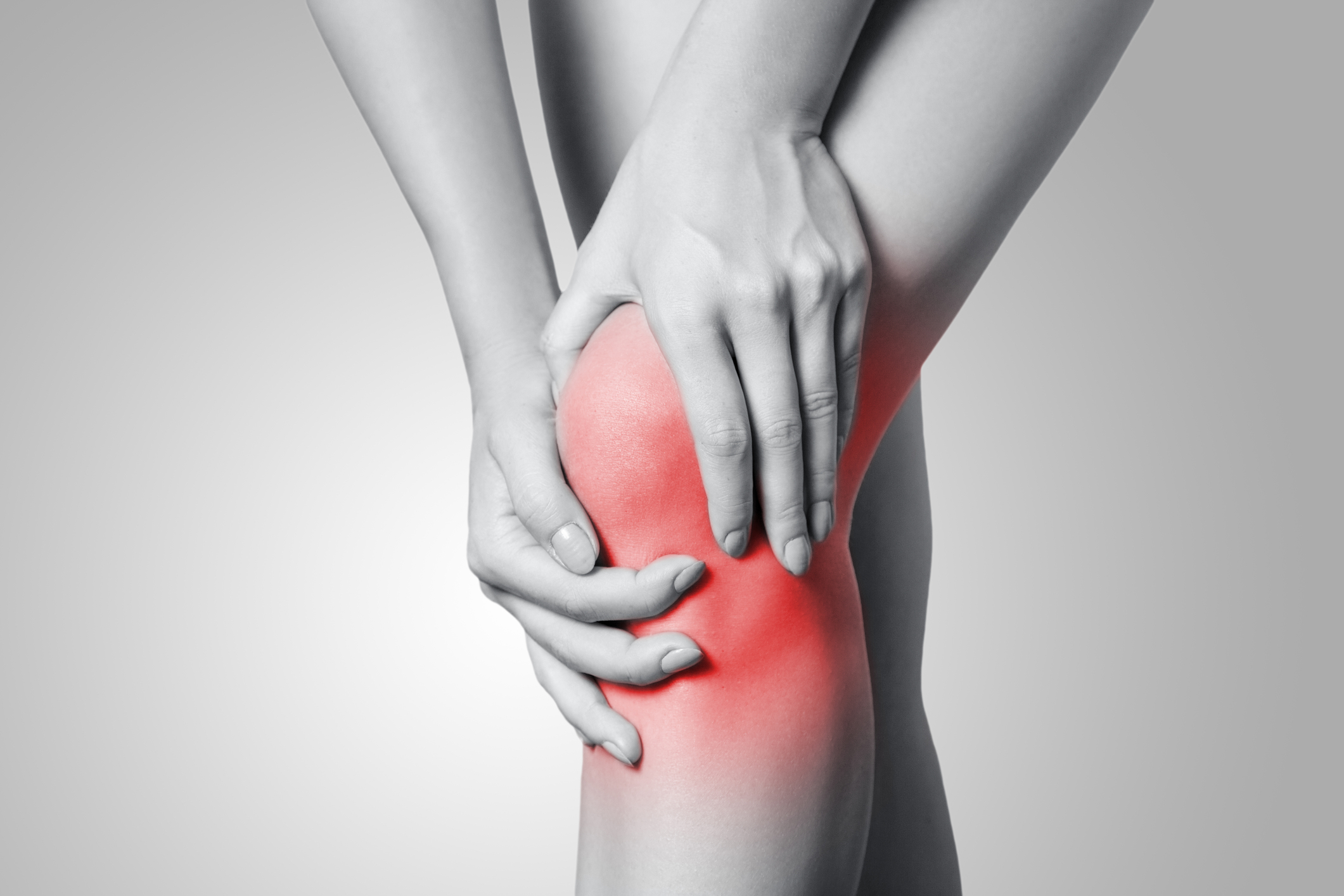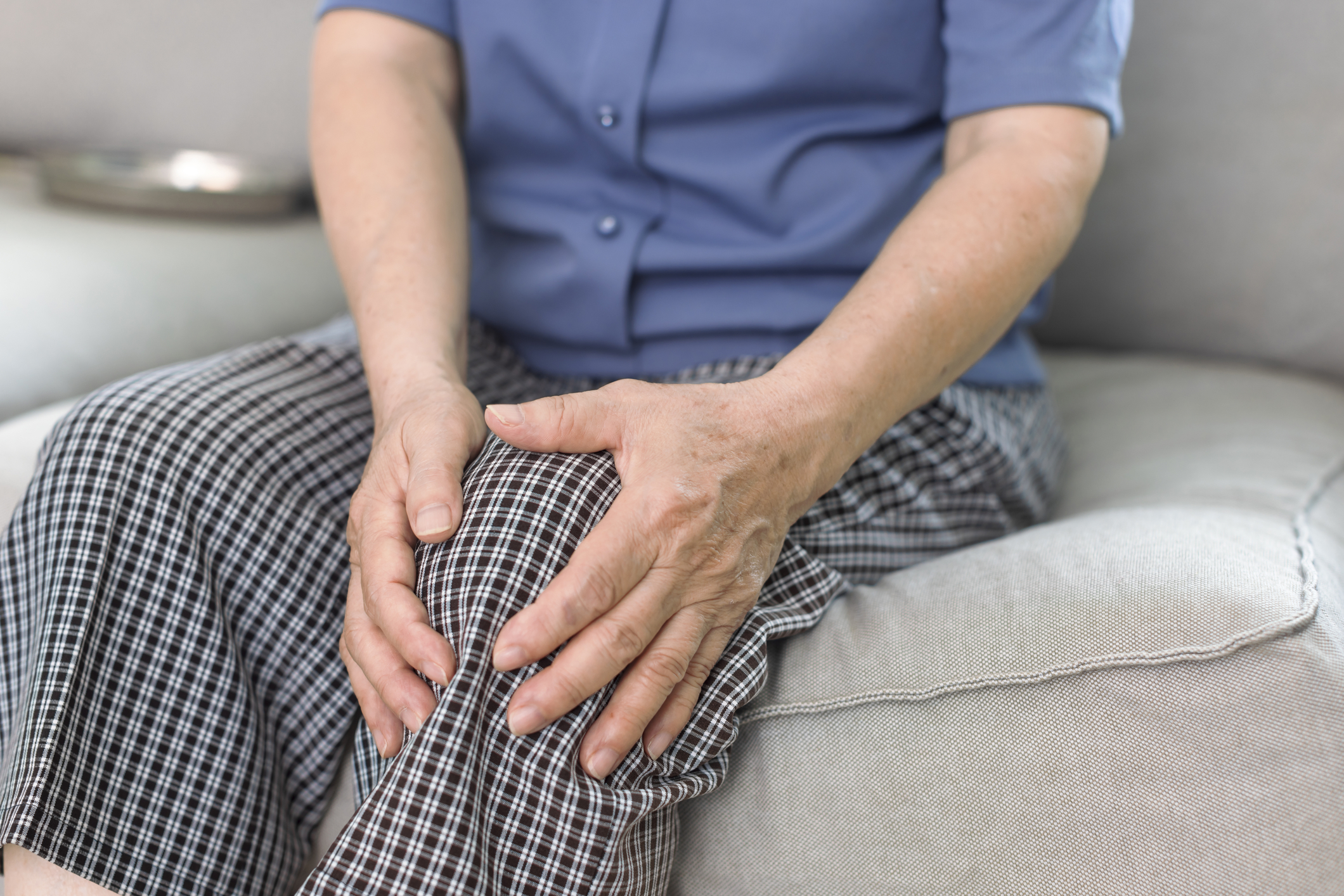Top 5 Insights into Pinpointing the Cause of Nagging Joint Pain
Joint pain can be a persistent, day-to-day issue, and it's first important to understand that the causes may be multifaceted. There's no one-size-fits-all cause, rather a mix of lifestyle aspects, physical conditions, and internal physiological factors. Regular exercise, a balanced diet, and adequate rest are recommended to maintain joint health, yet even these factors might not eliminate yellow flags indicating long-term joint troubles. Now, let's dig deeper into each probable cause for a better diagnosis.
Role of Lifestyle Habits

Lifestyle habits can contribute significantly to your joint health. This includes exercise routine, diet, sleep and stress management. When one or more of these elements are misaligned, it may lead to discomfort in the joints. Sedentary lifestyle, smoking, excessive alcohol consumption and obesity are some of the lifestyle choices that may increase the risk of joint pain. Regular physical activity, moderation in alcohol consumption, quitting smoking, and maintaining a healthy weight can help preserve joint health and alleviate pain.
Inflammatory Causes of Joint Pain

Next up is inflammation - the body's response to injury or disease. Conditions such as Rheumatoid Arthritis, Bursitis, or Gout are characterized by inflammation, resulting in prolonged joint pain. While they may seem unrelated, even chronic diseases such as heart disease and certain cancers can trigger systemic inflammation, indirectly affecting the joints. Hence, sessions with your doctor should not only focus on the painful joint but also general health evaluations for potential overlapping conditions.
Physical Trauma or Injury

Joint pain isn’t always a manifestation of internal conditions. It might be a symptom of underlying physical trauma or injury. Sprains, fractures or injuries to the tissues surrounding the joint can cause immense pain. Injury-induced joint pain tends to be acute, often beginning suddenly and may be accompanied by other symptoms such as redness, swelling, and heat at the site. It's important to note that even after healing, some injuries leave behind lasting impacts that can manifest as chronic joint pain.
Age-related Degenerative Conditions

Age happens to be a crucial factor when it comes to joint health. As one ages, joints begin to wear and tear—a process accelerated by other co-existing conditions or genetic factors. A common cause of joint pain in seniors is Osteoarthritis, a degenerative joint disease where the cartilage that cushions the joints gradually deteriorates. Regular screenings, early diagnosis, and prompt management can significantly improve the quality of life for those with age-related joint conditions.
The Influence of Genetics

Lastly, let's not ignore the role of genetics. Some people might be genetically more susceptible to certain types of arthritis and other joint conditions. Genetics can influence the structure and stability of your joints, predisposing you to conditions like hip dysplasia or degenerative disc disease. Understanding your family's medical history could offer valuable insights into the possible causes of your joint pain - and direct you towards necessary preventive measures or treatments.